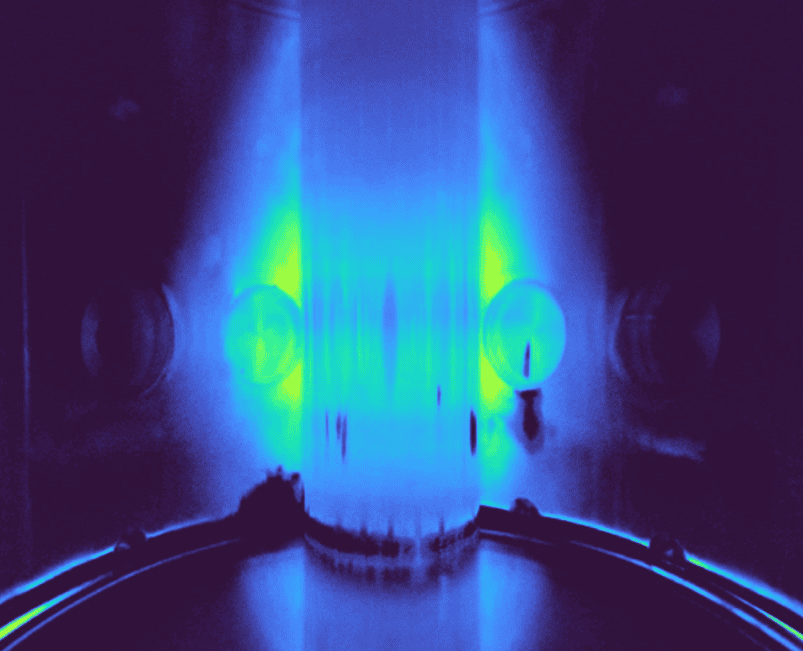In a groundbreaking discovery, researchers have identified a previously unknown Neanderthal lineage based on DNA from a fossil found in the Grotte Mandrin rock shelter in France. This lineage, belonging to an individual referred to as “Thorin,” reportedly evolved in isolation from other Neanderthal populations for nearly 50,000 years. The finding has offered a fresh perspective on the complexity of Neanderthal evolution and their varying survival strategies across Europe.
Evidence of Genetic Separation
The genetic analysis of Thorin’s DNA revealed that he belonged to a distinct Neanderthal population, separated from other European Neanderthals for tens of thousands of years. Unlike other Neanderthal fossils that show signs of interbreeding with both Neanderthals and early humans, Thorin’s DNA reportedly does not carry such markers, suggesting that his group remained isolated.
Interestingly, Thorin’s genetic profile shows a high percentage of identical gene pairs, a sign of a small, closely related population. This points to the likelihood of inbreeding, which was likely common in his isolated community.
A Separate Evolutionary Journey
Thorin’s lineage is believed to have diverged from other Neanderthal populations approximately 105,000 years ago. Despite living in the same region as other Neanderthal groups, Thorin’s DNA is reportedly more closely aligned with much older Neanderthal populations, suggesting his ancestors took a different evolutionary path.
This highlights the diverse evolutionary experiences of Neanderthal groups across Europe and suggests that while some populations were blending with early humans or other Neanderthals, others, like Thorin’s, remained separate.
The Mystery of Thorin’s Lineage
Although Thorin’s remains were discovered in a relatively well-preserved condition, researchers are still investigating how this lineage managed to remain isolated. The genetic uniqueness of this individual has led experts to believe that more discoveries in the future could help untangle the mysteries surrounding Neanderthal evolution. Further excavations at the Grotte Mandrin site may provide additional clues about Thorin’s group and why they avoided contact with other Neanderthals.







